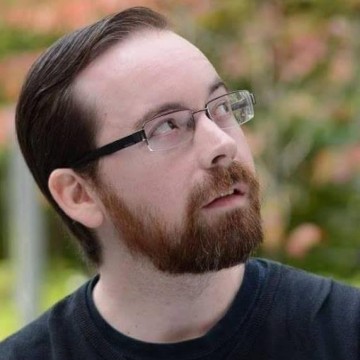The Legacy of ‘The Last House on the Left’ (1972)
In 1972, Wes Craven and Sean Cunningham set out to make a horror movie like no one had ever seen. Decades later, it is still one of the most influential movies of all time. This is the legacy of The Last House on the Left.

The Last House on the Left (1972) is a movie that shocked the world. Written and directed by one of horror’s most masterful filmmakers, Wes Craven, the film is exploitation cinema at its most raw and unforgiving.
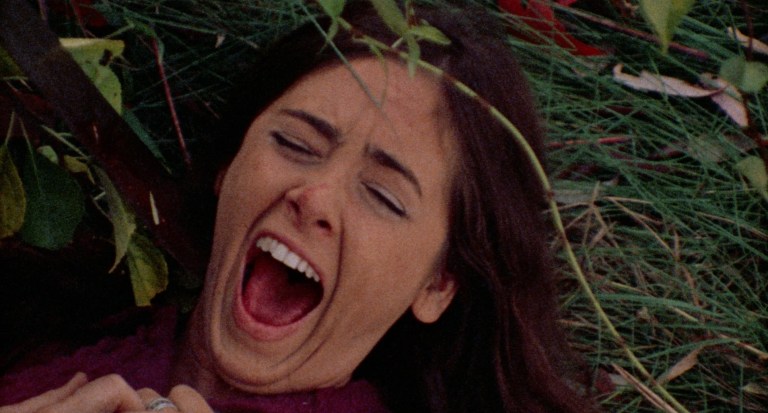
The plot of The Last House on the Left is centered on the rape and murder of two teenage girls. What happens before, after, and especially during these vile acts outraged audiences. That was the point though. Wes Craven wanted to make a movie that didn’t flinch away from showing realistic violence. In doing so, he inadvertently helped shape the direction of horror for decades to come.
This article takes a brief look at The Last House on the Left, focusing on the intention, influence, and legacy of one of the most transgressive movies of the 1970s.
Designed to Shock
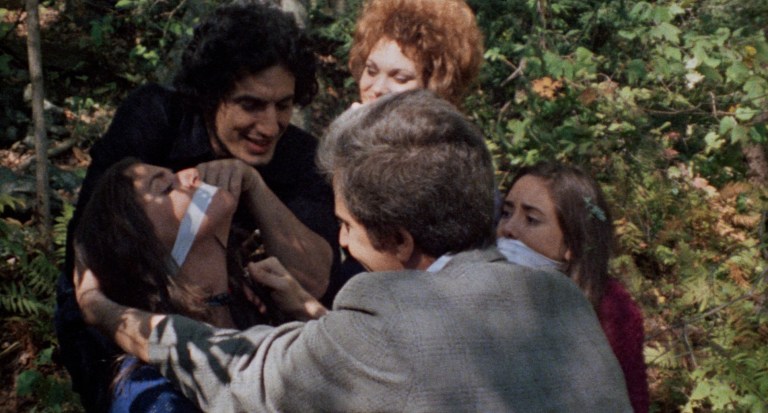
In the early 1970s, Sean S. Cunningham (best known as the producer/director of Friday the 13th, 1980) met Wes Craven on the set of a softcore pseudo-documentary about sex titled Together (1971). Craven worked as an editor on the film, and he also helped Cunningham direct. Together was a success, so the movie’s distributor offered Cunningham and Craven money to make a horror movie. Cunningham didn’t want to direct, so Craven was given his first opportunity to write and direct his own film.
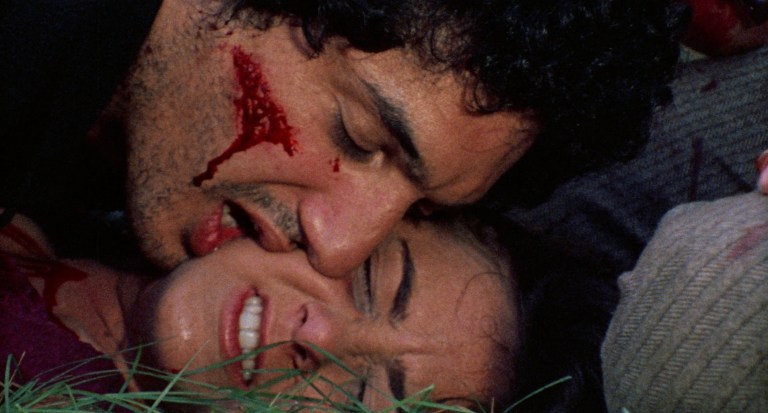
Knowing that his movie would play primarily in drive-ins and grindhouse theaters (and assuming few people would ever see it), Craven consciously detached his project from any sort of artistic endeavor. So, despite being influenced to get into filmmaking by artistic directors such as Ingmar Bergman and Federico Fellini, the original script for what would become The Last House on the Left was a hardcore porn with raunchy comedy and brutal violence. Craven intentionally separated himself from his staunchly Baptist upbringing and let his imagination run wild. In an interview from 2009 (found on certain home video releases of the movie), Craven says he wrote the The Last House on the Left “without thinking about it.”
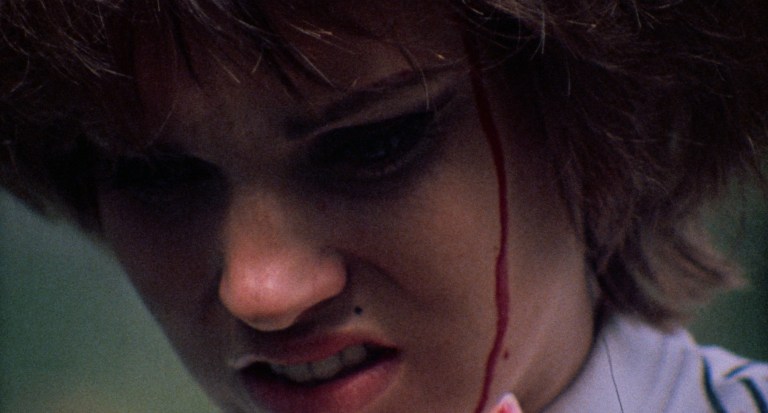
That’s not to say that The Last House on the Left was made without intention. Craven was fully aware of the social climate in the United States in the early 1970s, and his script reflects his awareness. The women’s liberation movement was gaining momentum by 1970, and the characters of Sadie (Jeramie Rain) and Mari Collingwood (Sandra Peabody) each embody different sides of second-wave feminism in their dialogue. Coinciding with this, anti-rape movements led to the first rape crisis centers opening in the United States in 1972. It’s up for debate what exactly Craven is trying to say about feminism and rape culture in The Last House on the Left, but what is clear is that he was trying to get a reaction from the audience by focusing on emotionally-charged subjects.
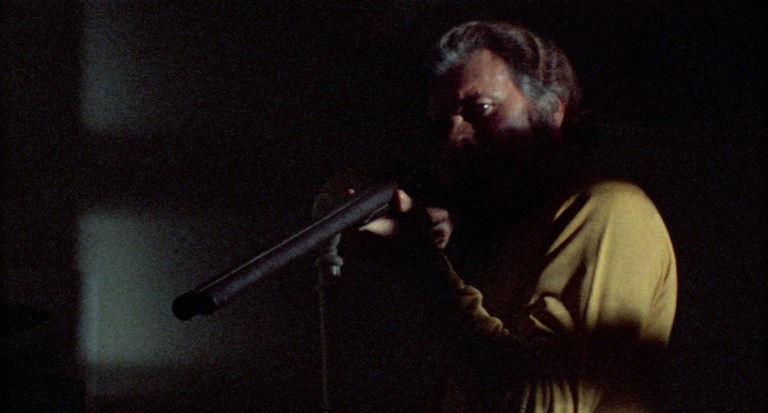
Once filming began, the weight of the script’s contents began to dawn on the cast and crew. The hardcore sex in the script was eliminated because of concerns from cast members, but the violence stayed. Craven states on the commentary track for the home video release that the chaotic style of filming used in The Last House on the Left was meant to emulate the violent news footage coming out of the Vietnam War. People were being confronted with horrific images of war, and Craven thought most horror and action movies failed to confront violence in a way that came anywhere close to what was being shown on the nightly news. By exposing viewers to realistic violence in prolonged sequences, Craven ushered in a new standard of violence for horror and exploitation movies.
Cut to Pieces
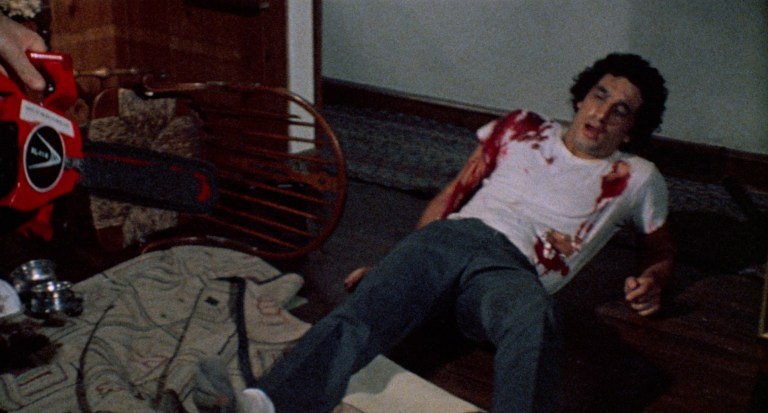
The movie was initially released in three towns under three different titles: Sex Crime of the Century, Krug & Co., and The Last House on the Left. The city where the film was released as The Last House on the Left did the best business, so it expanded its release to more cities in August of 1972 with that title and the famous tagline: “To avoid fainting keep repeating, it’s only a movie!” Needless to say, due to its transgressive content, the release of The Last House on the Left was met with controversy.
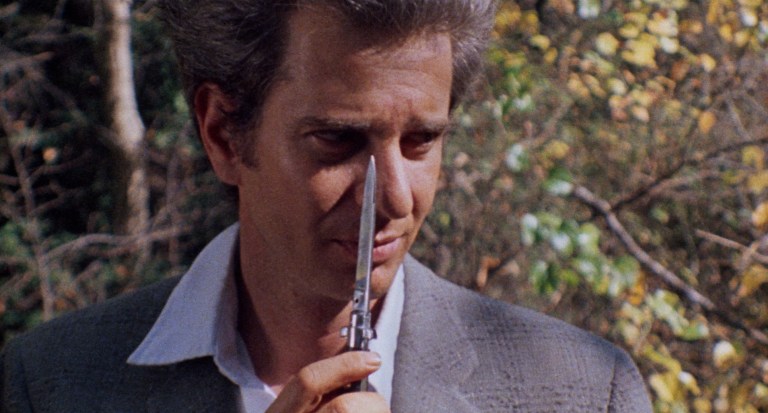
Wes Craven often told stories in interviews about people fainting or throwing up in theaters, and even of moviegoers trying to storm the projection booth and destroy the print of the movie. Regardless of the validity of these anecdotes, The Last House on the Left did meet with strong resistance. In addition to protests and calls from the public for theaters to stop showing the movie, some theaters took it upon themselves to cut scenes out of their prints before screening. The controversy led to a buzz about the movie that helped drive people to go see it, so many theaters continued to show it (with varying degrees of edits). The Last House on the Left ended up making millions at the box office.
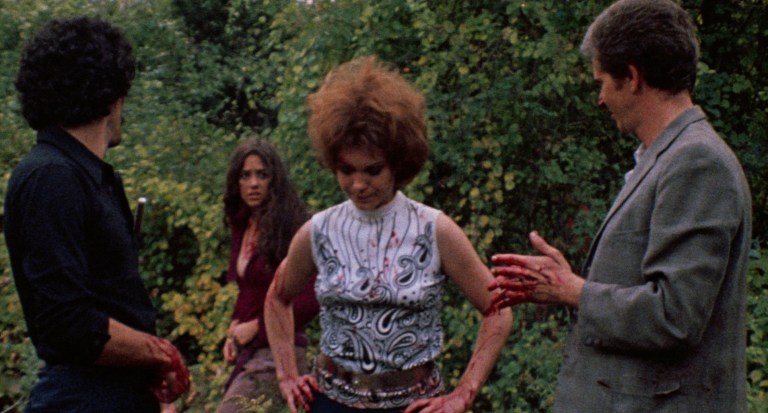
One of the harshest rebukes of The Last House on the Left came from the United Kingdom. It was refused certification in the United Kingdom in 1974, barring it from being shown in theaters. The movie slipped through the cracks on VHS in the early 1980s, but shortly after it was once again banned during the “video nasty” moral panic. It wasn’t until 2008 that the uncut version of The Last House on the Left finally received a classification for release by the British Board of Film Classification. But once again, controversy led to a notoriety that has stuck with the film for half a century.
The Immediate Influence

The Last House on the Left was released at a time when horror and exploitation movies were primed for an explosive change. Most films of the time weren’t even attempting to create the kind of grueling horror seen in The Last House on the Left. Monster movies like Dracula A.D. 1972 (1972) and Night of the Lepus (1972) were too far removed from reality to truly unnerve audiences. The splatter movies pioneered by Herschell Gordon Lewis’s Blood Feast (1963) were around, but those movies often had more camp than terror. Italy was making strides with their giallo films like The Bird with the Crystal Plumage (1970), but the violence was often stylized in ways that made them seem not quite real. The Last House on the Left was crude, ugly, and unflinching in its portrayal of violence.
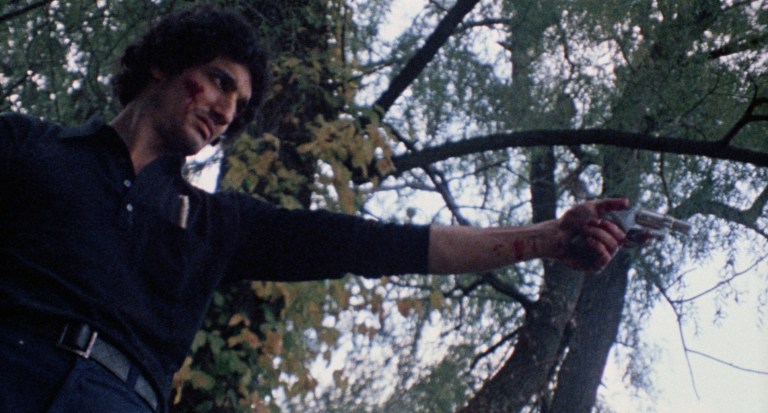
The success of The Last House on the Left led to other filmmakers attempting to cash in on its fame. Completely unrelated movies received blatant new titles, like The Bride (1973) being renamed The Last House on Massacre Street or Hitch Hike (1977) getting the title Hitchhike: Last House on the Left. Some movies, like Last Stop on the Night Train (1975, aka New House on the Left, Second House on the Left), were basically just Craven’s movie transplanted into a different location. And who could forget the “classic” The Last House on the Beach (1978)?
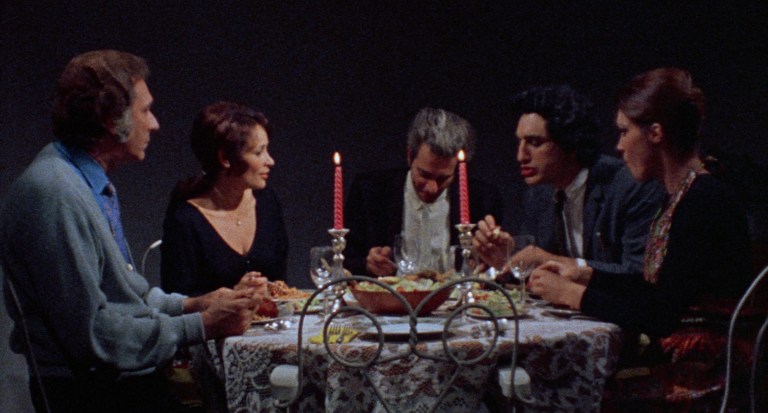
Most of these copycats were cheap (though maybe fun) imitations of Wes Craven’s film. What most of them lacked was the more nuanced approach to characterization that Craven employed. The group of villains are vile and horrible to varying degrees, but they’re not always portrayed as pure evil. For example, after the frenzy of rape and murder that leads to the deaths of Mari and Phyllis, the trio of Krug, Sadie, and Weasel exchange glances of a detachment that may be something like remorse. Or maybe they’re just mourning the loss of their own humanity. Then later, when Mari’s parents enact their revenge on their daughter’s murderers, viewers see that even seemingly “normal” citizens can quickly resort to barbarism and grotesque sexual violence. This blurring of lines, as much or more than anything else, is what enraged so many people.
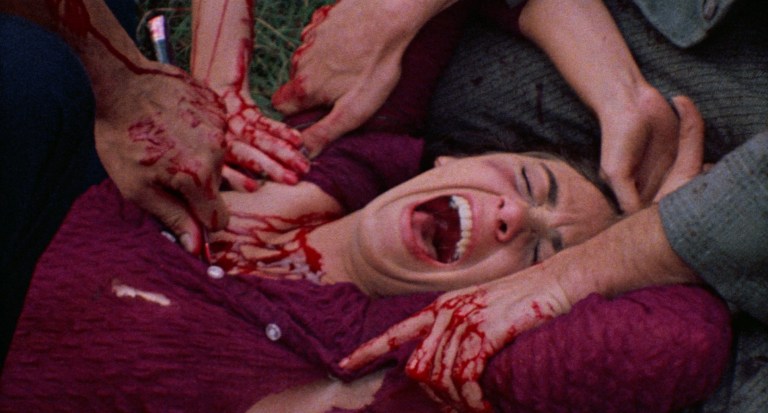
The rape and revenge aspect of The Last House on the Left was also a big contender for the most enraging part of the movie, and the attention it received was not lost on exploitation filmmakers. Though it wasn’t the first rape-revenge movie, a wave of films in the subgenre followed the success of The Last House on the Left. Beyond the obvious copycats, movies like Death Wish (1974), Act of Vengeance (1974), Trip With Teacher (1975), and I Spit on Your Grave (1978) took the format into different directions. Changes in social standards altered the rape-revenge movie throughout the following decades, but the subgenre has never really gone away.
A Lasting Legacy
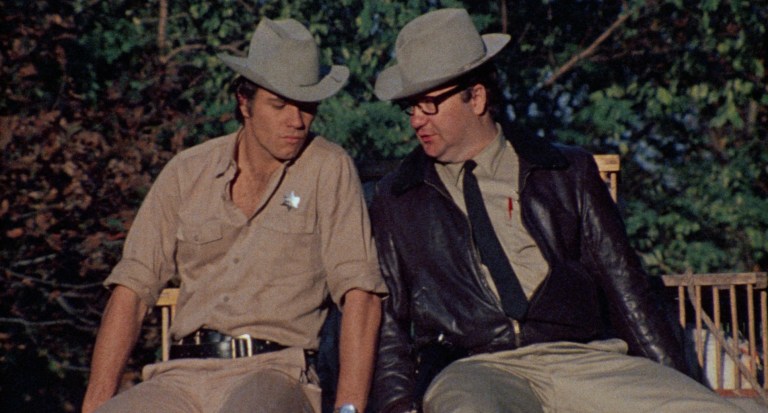
As influential as The Last House on the Left was in the 1970s, before the decade was over a different type of film began to take over American horror: the slasher. Halloween (1978) and Friday the 13th (1980) guided horror towards movies where violence grew to be fun and franchise killers became the characters people would look forward to cheering the most. Unlike The Last House on the Left, murderers in slasher movies were rarely sex maniacs, and many people would argue that they were actually punishing teens for having sex (though that conservative interpretation is supremely debatable). However low-budget movies like William Lustig’s Maniac (1980) continued to carry the nasty torch lit by The Last House on the Left.
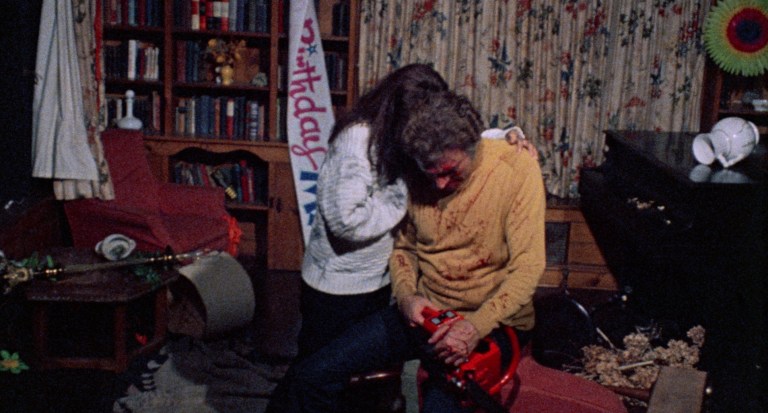
While true transgression in popular horror cinema lay relatively dormant for many years in the 80s and 90s, France picked it back up with the New French Extremity movement that began in the late 90s and flourished in the 2000s. Iconic films of the cycle like High Tension (2003) were undoubtedly influenced by Wes Craven and the exploitation movies he helped establish in the 1970s. In fact, Alexandre Aja, the director of High Tension, cites The Last House on the Left as a direct influence on his movie.
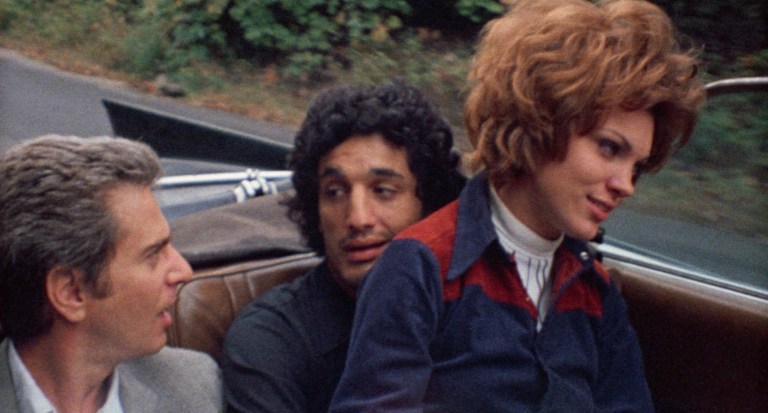
Meanwhile, back in the United States, the wave gory and violent movies referred to as “torture porn” emerged. In a way similar to how Craven was affected by images of the Vietnam War when making The Last House on the Left, critics argue that graphic images of terrorism in a post-9/11 world directly led to the bloody movies of the 2000s. The majority of “torture porn” veers too far into splatter to really be seen as a direct descendent of The Last House on the Left, but the influence does come through occasionally. Specifically, Darren Lynn Bousman, director of multiple Saw sequels, has said The Last House on the Left is his favorite horror movie, showing that Craven’s influence lives on.
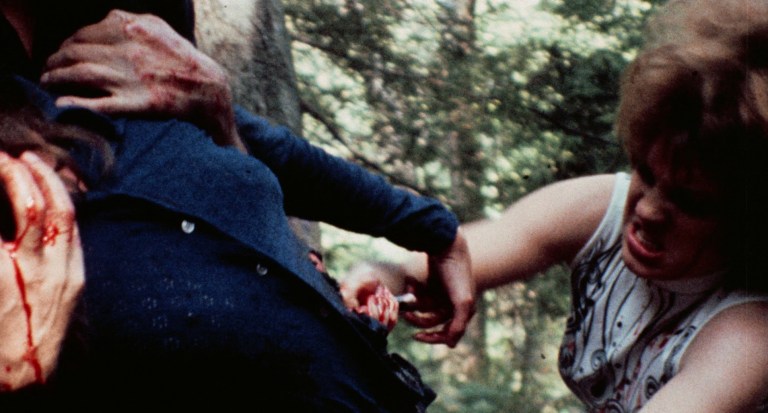
In the 2010s and beyond, horror movies with overt political and social statements began to catch on with mainstream audiences. Horror has a long history of incorporating political and social themes into its stories (just like Craven did in 1972), but a new generation of fans began discovering that fact with movies like Get Out (2018) and Black Christmas (2019). In the 2020s, with social changes being a hot topic of debate and mainstream horror feeling somewhat safe, the environment feels ready for an explosive change just like in the early 1970s. Whether or not the dark magic of Wes Craven’s crude masterpiece can be replicated remains to be seen. Regardless, even seemingly unrelated sex-shockers like Ti West’s X (2022) and Rob Jabbaz’s The Sadness (2021), both released in the United States just shy of fifty years after The Last House on the Left, owe a debt to Wes Craven and the disturbing ground he broke in 1972.
